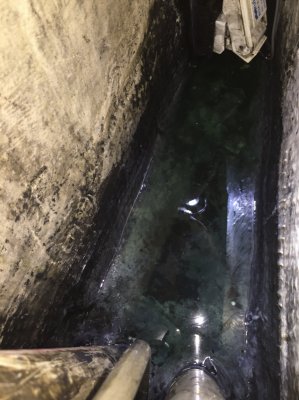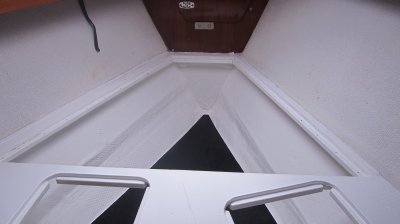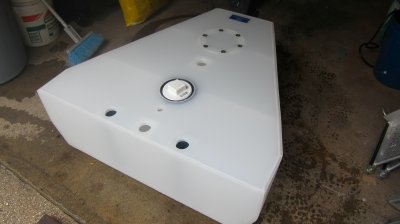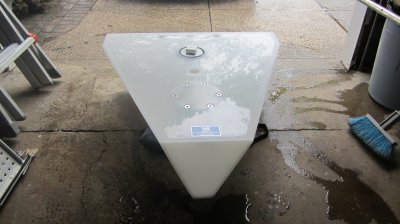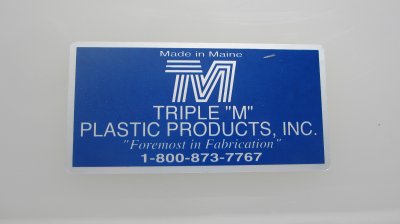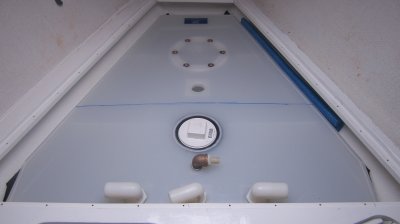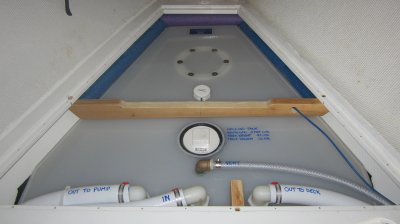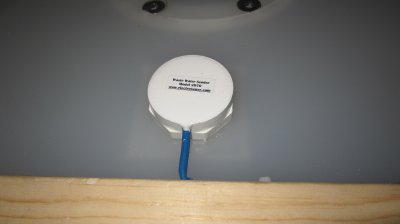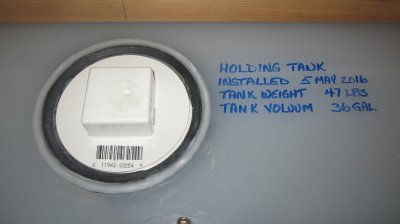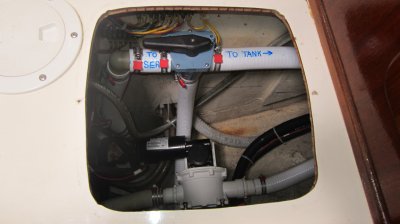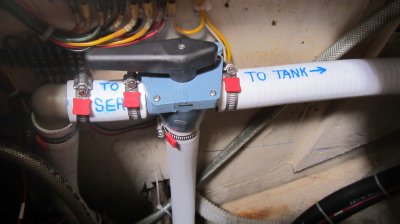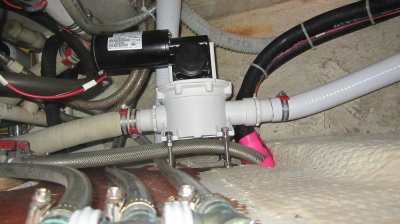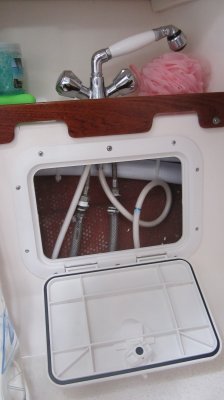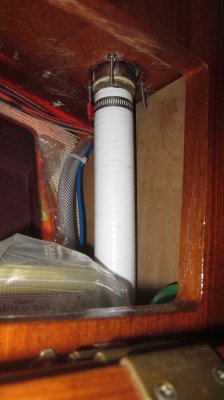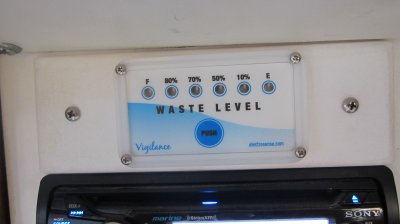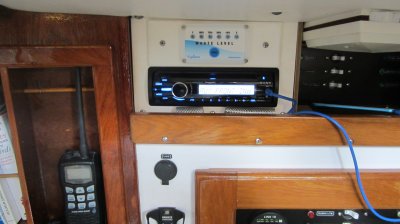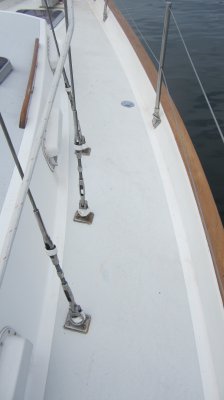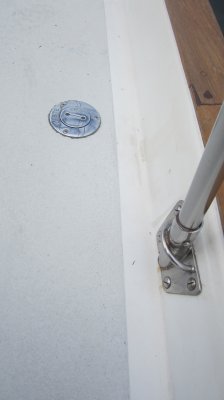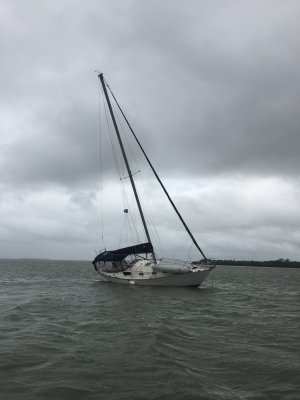schlepper
John m. Harrison
I've owned Tranquility now for about 3 1/2 years and love the boat. One annoying problem is the bilge always has about 2" of water in it that the bilge pump just won't kick out. The source of the water is the a/c condensation drains into the bilge and as well, the small trickle that comes from the rudder. I just cannot get it tight enough to completely seal. There is some pitting on the shaft where the gland would seal and that is the likely source.
However, I have suspected the holding tank or plumbing somewhere along the line has an issue because if you flush, it smells for a few minutes and then goes away. I figured it was the vent line. I tested that and it was ok. I never got up the wherewithal to check the pvc pipe runs and then the down angles pipe to hose connections to insure that wasn't the source of the odor.
I finally took all of that on this past weekend.
Here is what i found: the pvc pipe run was water tight; no leaks although one of two hose clamps from head to pvc pipe was defective so I replaced it. I checked the elbow joints. No leaks. no i was narrowed down to the tank itself so I hand pumped all water out of the bilge and then pumped the head. To my utter dismay, the bilge had water in it again. I was by myself so where/how to see where it is coming from? There certainly doesn't look like any cracks or defective cloth/resin seems visible to my critical eye. So I set up a video with my iPhone. What I found really is frustrating. The tank is leaking aft, in what appears to be 2 or 3 places, all on the starboard side. one smaller leak and one big one. the first one is about even with where the macerator outgoing pvc pipe is that's molded into the tank top plate. The second leak is about halfway back.
In looking with he naked eye, i cannot see the defects but have to get a mirror down in there to see it better after cleaning it with some acetone or something to remove the oil film and grime off of it.
Has anyone ever successfully patched this type of leak? Can it be done from inside the boat or does it necessarily entail hauling the boat and having a hole cut in the side of the tank, to patch from underneath? I want to exhaust the options to fix the tank as is before resorting to moving the tank to the forward water tank area, or to the head sink area, or the storage area under the salon settee....
Thanks and please advise,
John
However, I have suspected the holding tank or plumbing somewhere along the line has an issue because if you flush, it smells for a few minutes and then goes away. I figured it was the vent line. I tested that and it was ok. I never got up the wherewithal to check the pvc pipe runs and then the down angles pipe to hose connections to insure that wasn't the source of the odor.
I finally took all of that on this past weekend.
Here is what i found: the pvc pipe run was water tight; no leaks although one of two hose clamps from head to pvc pipe was defective so I replaced it. I checked the elbow joints. No leaks. no i was narrowed down to the tank itself so I hand pumped all water out of the bilge and then pumped the head. To my utter dismay, the bilge had water in it again. I was by myself so where/how to see where it is coming from? There certainly doesn't look like any cracks or defective cloth/resin seems visible to my critical eye. So I set up a video with my iPhone. What I found really is frustrating. The tank is leaking aft, in what appears to be 2 or 3 places, all on the starboard side. one smaller leak and one big one. the first one is about even with where the macerator outgoing pvc pipe is that's molded into the tank top plate. The second leak is about halfway back.
In looking with he naked eye, i cannot see the defects but have to get a mirror down in there to see it better after cleaning it with some acetone or something to remove the oil film and grime off of it.
Has anyone ever successfully patched this type of leak? Can it be done from inside the boat or does it necessarily entail hauling the boat and having a hole cut in the side of the tank, to patch from underneath? I want to exhaust the options to fix the tank as is before resorting to moving the tank to the forward water tank area, or to the head sink area, or the storage area under the salon settee....
Thanks and please advise,
John


